For the above problem, the direction of the gravitational intensity at an arbitrary point P is indicated by the arrow (i) d, (ii), e, (iii) f (iv) g.
As per explanation given in the answer of Q.10, the direction of gravitational intensity at P will be along e.i.e., the option (ii) is correct.
Topper's Solved these Questions
- GRAVIATIONBOOK - PRADEEPCHAPTER - GRAVIATIONEXERCISE - ADDITIONAL EXERCISES
4 Videos
- GRAVIATIONBOOK - PRADEEPCHAPTER - GRAVIATIONEXERCISE - VERY SHORT ANSWER QUESTIONS
11 Videos
- GRAVIATIONBOOK - PRADEEPCHAPTER - GRAVIATIONEXERCISE - ADVANCED PROBLEMS FOR COMPETITIONS
15 Videos
- BEHAVIOUR OF PERFECT GAS & KINETIC THEORYBOOK - PRADEEPCHAPTER - BEHAVIOUR OF PERFECT GAS & KINETIC THEORYEXERCISE - Assertion - Reason Type questions
14 Videos
- KINEMATICSBOOK - PRADEEPCHAPTER - KINEMATICSEXERCISE - 1 NCERT Comprehension
4 Videos
Similar Questions
Knowledge Check
Label the structure indicated by (i), (ii), (iii) and (iv)-
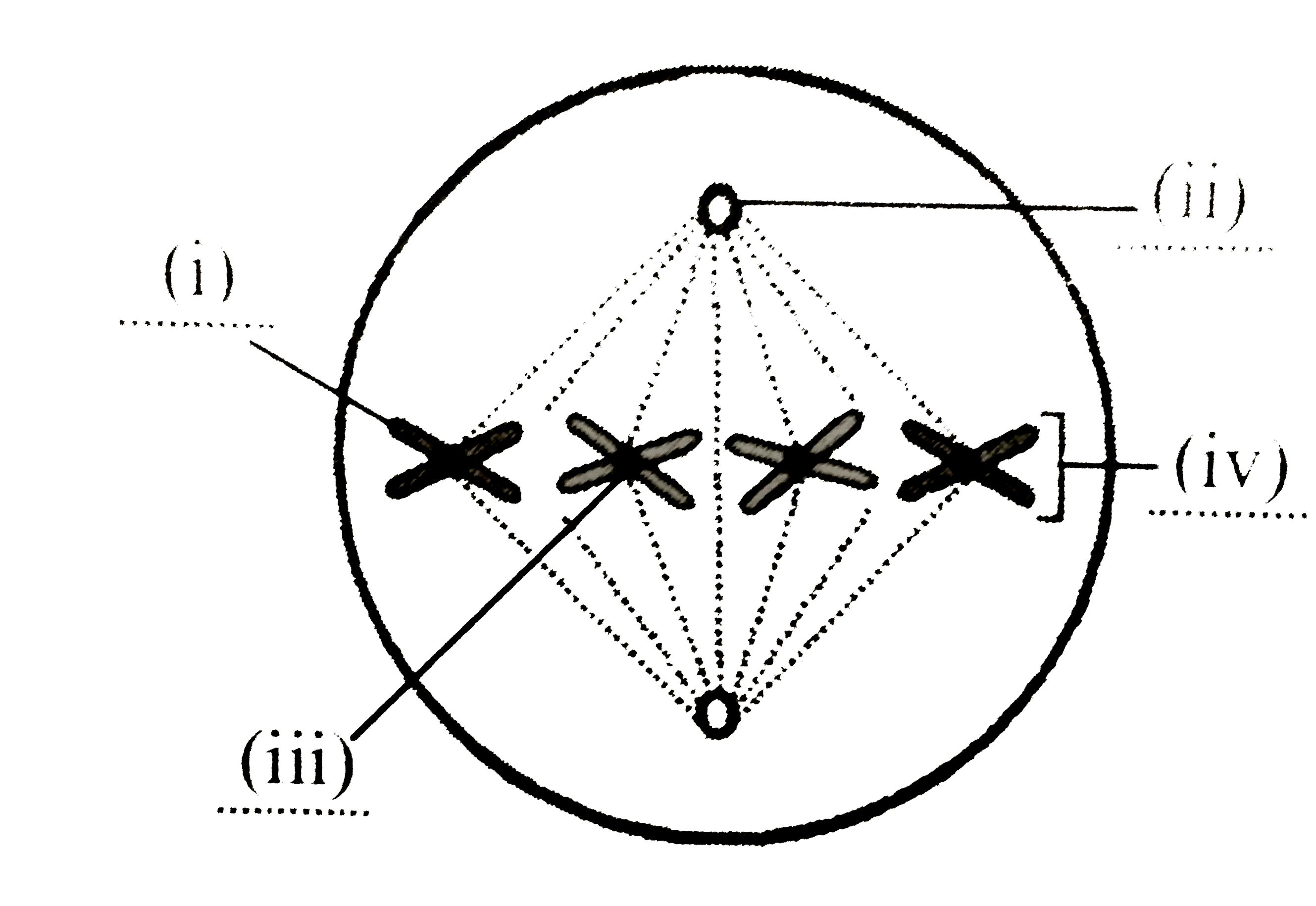 A(i)-Chromatid, (ii)-Aster, (iii)-Centromere, (iv) ChromosomeB(i)-Chromosome, (ii)-Centriole, (iii)-Centromere, (iv)-ChromatidC(i)-Chromatid, (ii)-Centromere, (iii)-Centriole, (iv)-ChromosomeD(i)-Chromosome, (ii)-Centromere, (iii) Centriole, (iv)-Chromatid
A(i)-Chromatid, (ii)-Aster, (iii)-Centromere, (iv) ChromosomeB(i)-Chromosome, (ii)-Centriole, (iii)-Centromere, (iv)-ChromatidC(i)-Chromatid, (ii)-Centromere, (iii)-Centriole, (iv)-ChromosomeD(i)-Chromosome, (ii)-Centromere, (iii) Centriole, (iv)-ChromatidLabel the structure indicated by (i), (ii), (iii) and (iv)-
 A(i)-Chromatid, (ii) Centriole, (iii) Centromere, (iv) ChromosomeB(i)-Chromomosome, (ii) Centriole,,(iii) Centromere, (iv) ChromatidC(i) -Chromatid, (ii) Centromere, (iii) Centriole, (iv) ChromosomeD(i) -Chromomosome, (ii) Centromere, (iii) Centriole, (iv) Chromatid
A(i)-Chromatid, (ii) Centriole, (iii) Centromere, (iv) ChromosomeB(i)-Chromomosome, (ii) Centriole,,(iii) Centromere, (iv) ChromatidC(i) -Chromatid, (ii) Centromere, (iii) Centriole, (iv) ChromosomeD(i) -Chromomosome, (ii) Centromere, (iii) Centriole, (iv) ChromatidThe direction of gravitational intensity at point P of a hemispherical shell of uniform mass desity is indicated by the arrow
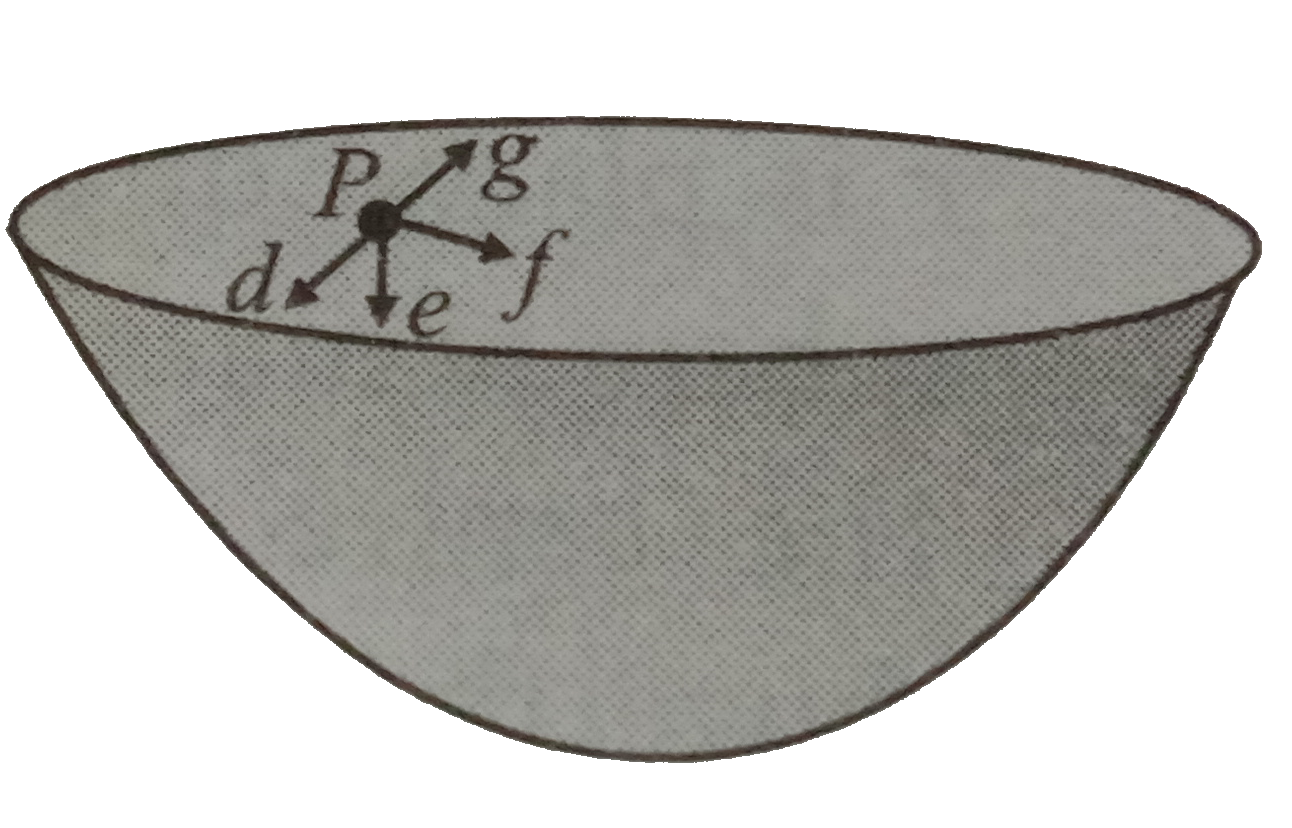 AdBeCfDg
AdBeCfDg
The gravitation intensity at the centre C of the drumhead defined by a hemispherical shell has the direction indicated by the arrow [see Fig. 8.46]
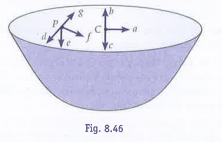
View SolutionIn the following two exercises, choose the correct answer from among the given ones: The gravitational intensity at the centre of a hemispherical shell of uniform mass density has the direction indicated by the arrow (see Fig.) (i) a, (ii) b, (iii) c, (iv) 0.
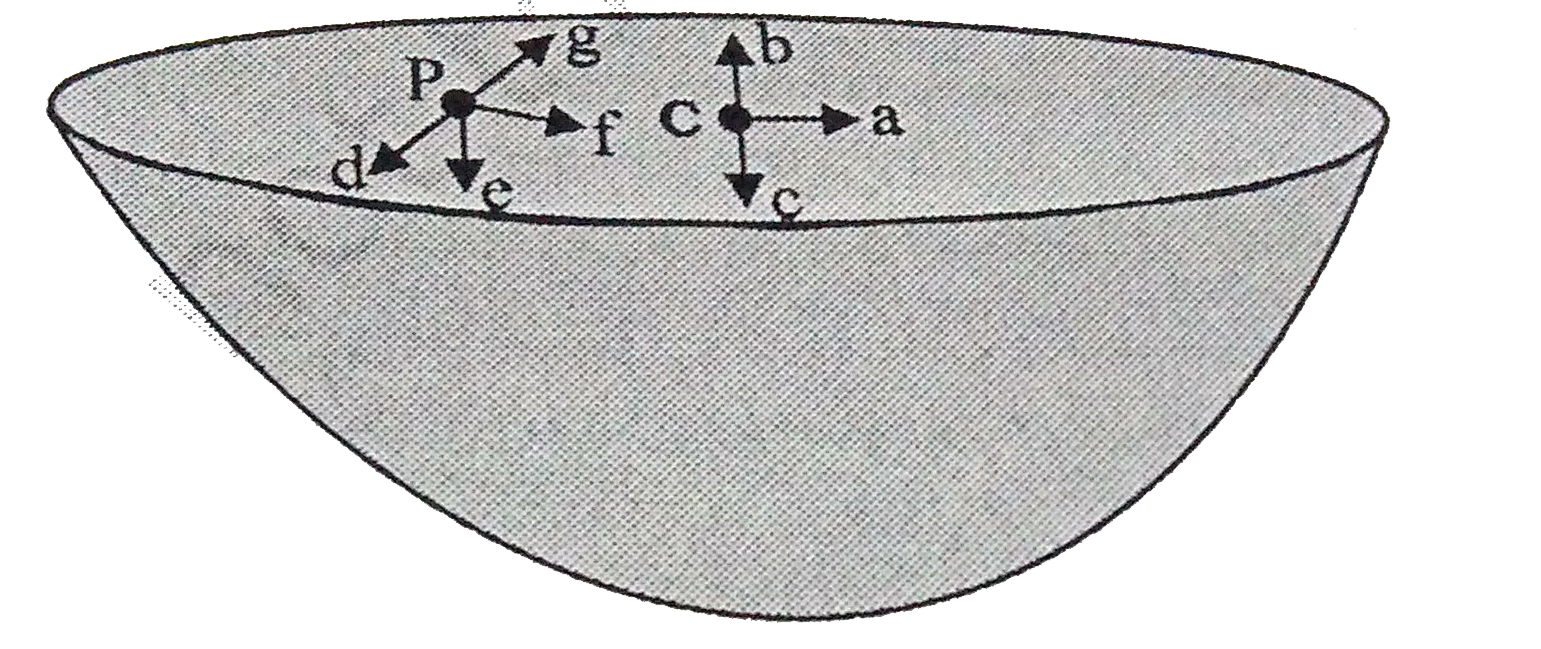
View SolutionIndicate the number of unpaired electrons is
(i)P(ii)Si(iii)Cr(iv)Fe(v)Kr.
View SolutionFind the equivalent resistance of the circuit given in figure between the following point :
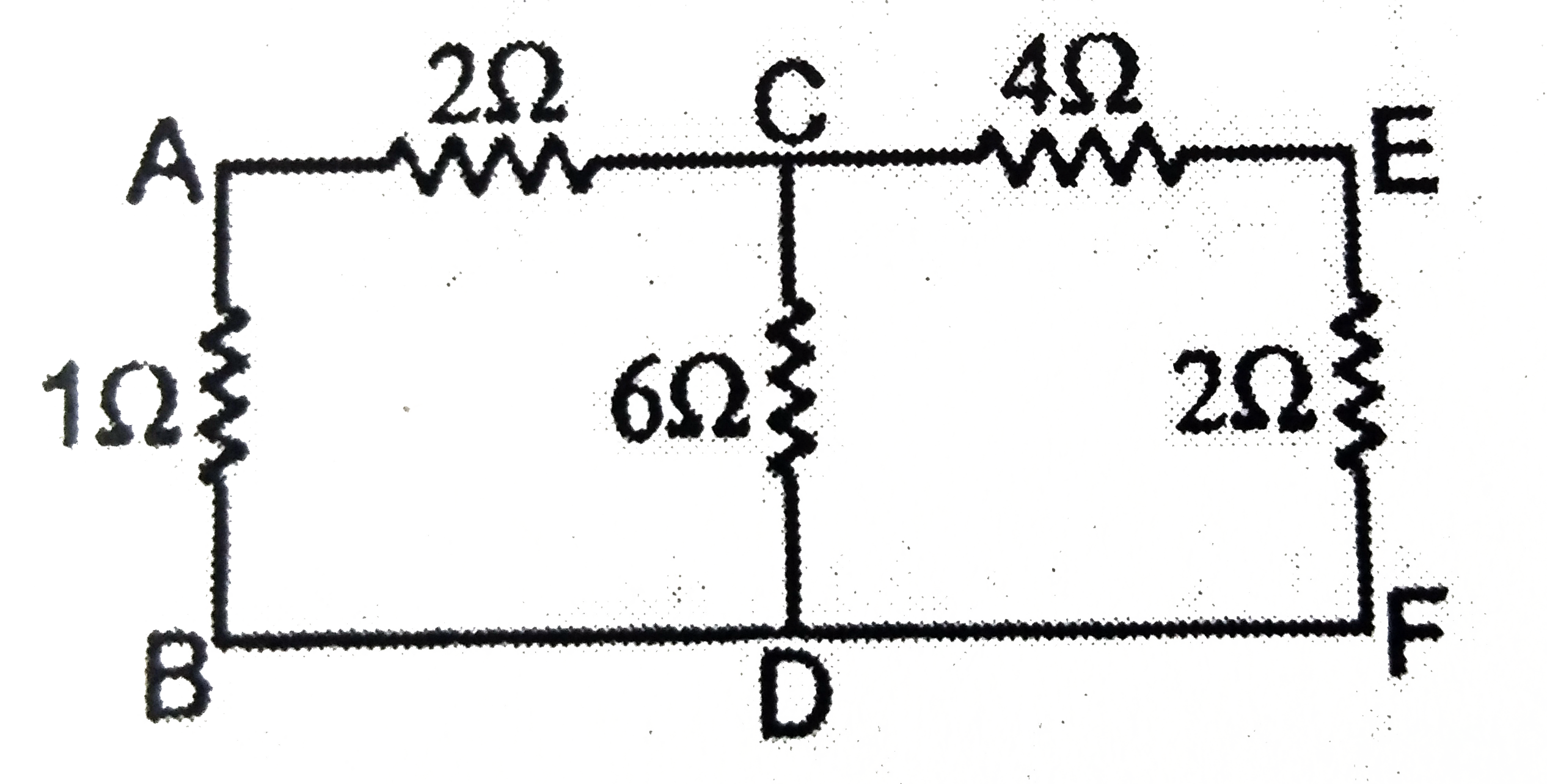
(i) A and B
(ii) C and D
(iii) E and F
(iv) A and F
(v) A and C
View SolutionIn the above (i.e.., previous) problem, what is the ratio of P’s final amount to that of Q, if P and Q invest the same amounts??
View Solution
